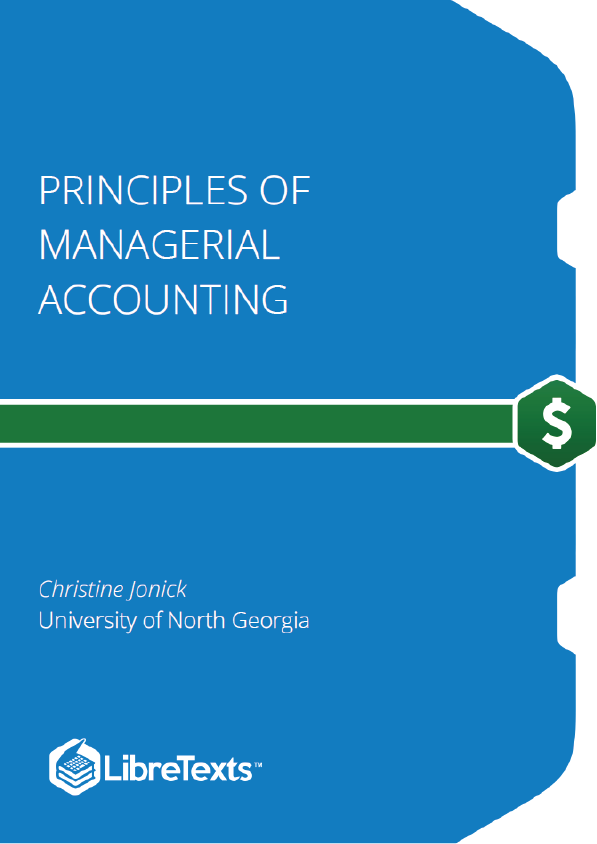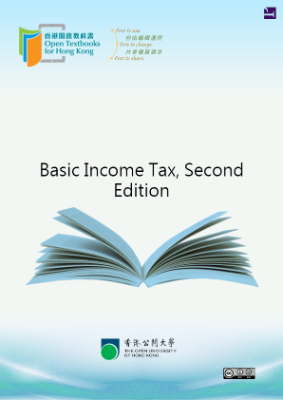Accounting is the system of recording and keeping track of financial transactions in a business and summarizing this information in reports. These reports provide information to people who are interested in knowing about the financial aspects of a business. The information guides business managers, investors, and creditors in planning and decision making. In fact, accounting is often referred to as “the language of business” because business people communicate, evaluate performance, and determine value using dollars and amounts generated by the accounting process.
Financial accounting involves producing periodic reports called financial statements to inform such external groups as investors, boards of directors, creditors, and government/tax agencies about a company’s financial performance and status. The income statement, retained earnings statement, balance sheet, and statement of cash flows are published at fixed intervals to summarize the historical earnings performance and current financial position of a company. Financial statements are prepared according to Generally Accepted Accounting Principles (GAAP), which helps ensure the information is relevant (useful and timely for making decisions), reliable (accurate and unbiased), consistent (prepared the same way each time information is reported), and comparable (prepared the same way by different companies).
Managerial accounting is targeted more toward a company’s managers and employees. The information gathered and summarized for these internal groups is customized to provide feedback for planning, decision making, and evaluation purposes. Managerial reports do not necessarily follow any particular format, but instead are uniquely designed to meet the needs of specific users. Analyses are often focused on targeted segments of a business rather than on a company as a whole. Information may be published over periodic time intervals or on an as- need basis. Managerial accounting involves not only actual financial data from past periods, but also current estimates and future projections.
A manager’s responsibilities in a business include making decisions related to planning (identifying goals and strategies for accomplishing them), leading (directing daily operations and carrying out plans), and controlling (comparing expected and actual results and taking action for improvement). Since human, financial, and time resources are limited, managers must select from among many alternatives, foregoing other options. They try to optimize the collective outcome of their choices. Managerial accounting provides timely and relevant financial information that contributes to effective decision making.
A business’s operations are classified as one of three types – service, merchandising, or manufacturing – depending on what it has for sale. A service business sells expertise, advice, assistance, professional skills, or an experience rather than a physical product. A merchandising business purchases finished and packaged products from other companies, marks up the costs of these items, and sells them to customers. A manufacturing business assembles and packages products for sale to merchandisers or end users.
Managerial accounting is relevant to all three types of businesses. In this document, we will focus on manufacturing since that type of business involves the most in-depth facets and examples of managerial accounting. We will also discuss managerial accounting for service businesses where appropriate. Topics will fall into four broad categories: accumulating costs, analyzing costs, evaluating performance, and comparing alternatives.
The goal of a business is to generate profit, which is the difference between income and costs in a particular time period. Costs are the result of paying cash or committing to pay cash in the future in order to earn revenue. Costs may be accumulated for a product, sales territory, department, or activity. It is critical to analyze costs because controlling them directly impacts profitability. Costs are also used to determine selling prices of products, and they are monitored over time to evaluate progress and discover irregularities.











